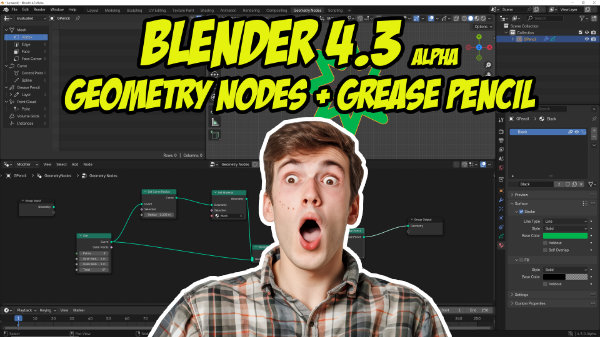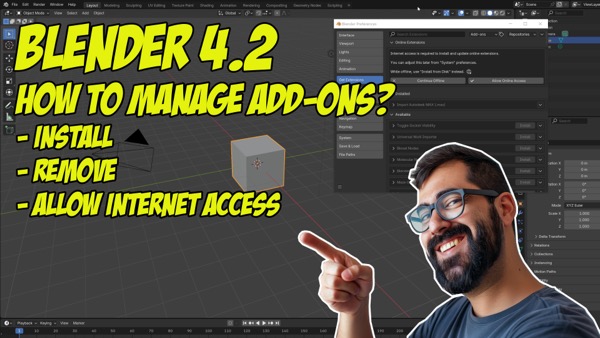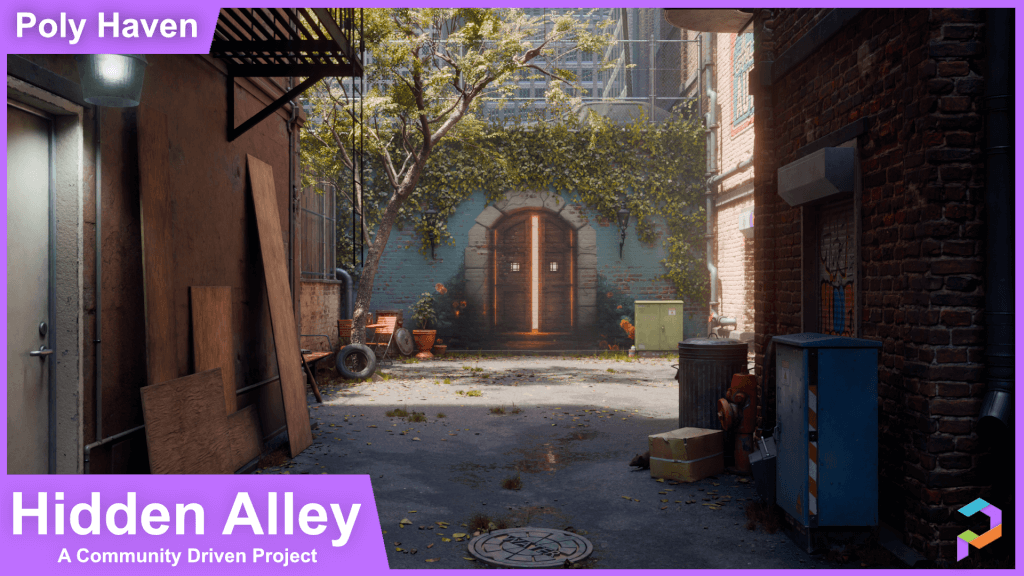
Since the release of Blender 3D 2.50 Alpha 0, a lot of new users are trying to learn the ways and new interface of Blender 2.50. For some tasks like modeling, which works most with the 3D View and keyboard shortcuts, it`s easy to find the differences. But, for tasks that depend on the location of buttons and tools at the old 2.4x panels, you might get lost on the new interface. I will start a summer class about Blender in a few weeks, and in this class I`m planning to work with both 2.49 and 2.50 for a while with my students, and see how they accept the changes.
If you are a bit lost about Blender 2.50, and the new interface, I just found a quick tutorial that might help finding out the way to work with UV Textures in 2.50. The video was produced by an artist from Argentina called Pablo Lizardo, and it shows the basics of how to create and add textures to a cube, using the UV tools of 2.50.
As we can see at the video, most of the tasks and tools are exactly the same as 2.49. Most of the changes at the UI are located at end of the video. Until 2.49 we had to add the texture and set the mapping options in two different panels. Now, in 2.50 we use only the Texture panel. Right after choosing the texture type as “Image or Movieâ€, a menu called Mapping will appear and there we can choose UV.
This is just one of the cosmetic changes made to the interface, but a small change like this one will save a few mouse clicks, avoiding an unnecessary change between panels.
Remember that Blender 3D 2.50 is still in Alpha 0 stage, and shouldn`t be used for production environments. I`m using it only for testing purposes and finding already a few bugs. For instance, if I tried to create the UV mapping of a complex wall with curved faces and windows, the software crashes before all UVs are created. It`s just press U and pick a method that Blender crashes. If you find anything strange like that, remember to post it in the bug tracker for 2.50.





Awesome! Excellent, FAST tutorial!
I concur with Benjamin! You whipped through that very quickly and made it look as if it couldn’t have been any easier.
Love your 2.50 video tutorials and posts! Keeps me checking back every day.
Thanks!
Nice work Pablo and thanks for sharing Allan.
Cheers
Great Tutorial!! best I’ve found.
Hi,
when I unwrap a cube, I just see a square (not 6 squares). Any idea what I’m doing wrong? Following the video to the letter… 🙁
Jeroen
Great tutorial. Thanks!
when i got ready 2 apply my image, it wuldnt go onto my object.. what am i doing wrong because it looks like he just drags it over to his object after he gets thru makeing it shape the sides of the tea box that he wants..
How do you do the same with Cycles? I get no textured mapping on object when rendered